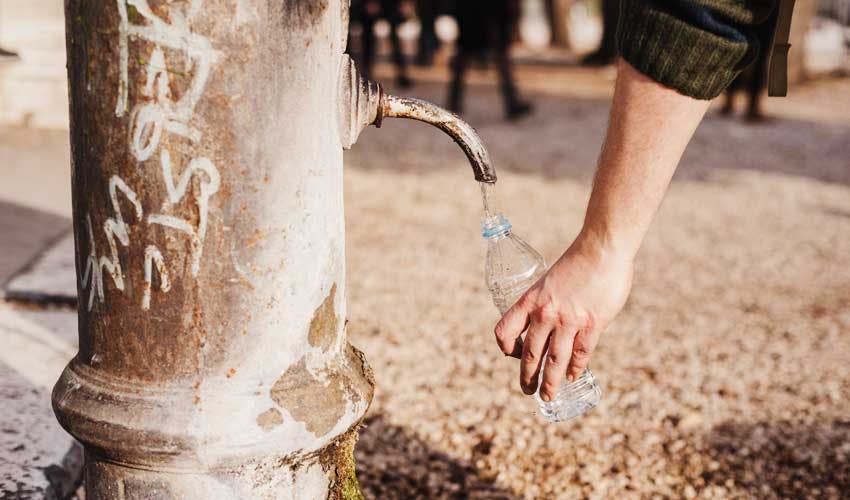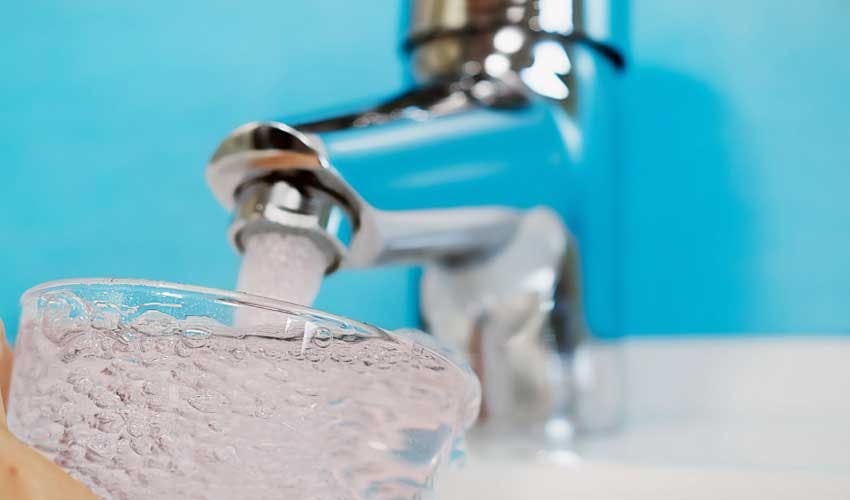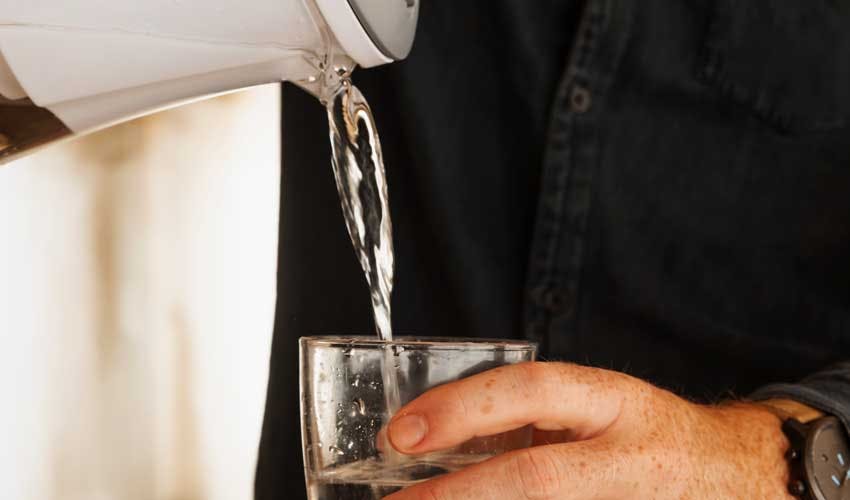There are many ways that water can become contaminated. Some contaminants come from the ground, while others come from the air or human activity.
Did you know that most of the minerals, chemicals and other pollutants in drinking water can have dangerous, long-term consequences on your health? Although there are federal restrictions on what constitutes safe water to drink, scientists largely concur that current standards are excessively lax and out-of-date.
There are a few signs that can suggest that your water might be contaminated. Read on to find out what these are.

1. Your Water Looks Cloudy
If your water appears cloudy, don't drink it. Water for drinking must always be clear. Since minerals are present in water in parts per billion, cleansed water should not contain any visible minerals to the naked eye.
Your water may also be contaminated if it appears dirty. That’s because water contaminants can alter the colour or appearance of the liquid.

2. Your Water Have Sediments
Drinking water can be obtained via reservoirs, wells and water tables, which usually contain sediment. While water treatment filters away the majority of this sediment, some may still make it into your drinking water.
If there is sediment in your water, there is likely a water main break that allows silt to contaminate the treated water.

3. Your Water Has a Metallic Taste
Some substances can make water taste metallic, including but not limited to, medications, pesticides and industrial chemicals. If your water tastes metallic or bitter, it may be contaminated, and you should seek professional testing to determine the cause.

4. Your Water Is Either Brown or Orange In Hue
Water that is brown or orange in colour is often an indication that there is too much iron or manganese in the water. If you notice that the colour water is brown or has a different colour than usual, you should contact a water test lab to have them assess the water to make sure it is safe for drinking.

5. Your Water Smells Like Chlorine
Chlorine is used in water treatment facilities to kill bacteria. However, too much chlorine can lead to poisoning and other adverse health effects.
Chloramines are created by mixing chlorine and ammonia and are used to disinfect water and prevent the growth of microorganisms. However, they can have some unpleasant side effects, such as dry skin and itchy eyes.
Installing a water filtration system that will help remove chloramines from your water is a good option for you if you're worried about their impacts.

6. Your Water Smells Like Sulphur
They often describe the smell of sulphur as being similar to the smell of rotten eggs. This is because they sometimes use sulphur in the production of artificial flavours and scents that are meant to mimic the smell of real eggs.
Sulphur is a naturally occurring element that can be found in the ground. While small amounts of sulphur pose no health risk, consuming large amounts of sulphur can be dangerous. Sulphur has a strong, unpleasant odour that can be used to identify its presence. In most cases, bacteria causes the sulphur smell, and healthy disinfection will remove the scent.

Conclusion
If you are troubled that your drinking water supply may be contaminated, there are a few signs to look out for. These include water that smells bad, water that tastes bad, water that is cloudy or murky and water that contains sediments. If you notice any of these, it is crucial to have your water tested by a professional.
Are you worried about water contamination? Try out the water filters from Ecobud. Our filtration process cleanses your water, removing harmful chemicals, pollutants and bacteria. Leaving water that is odourless and great tasting, time and time again. Contact us for more details.